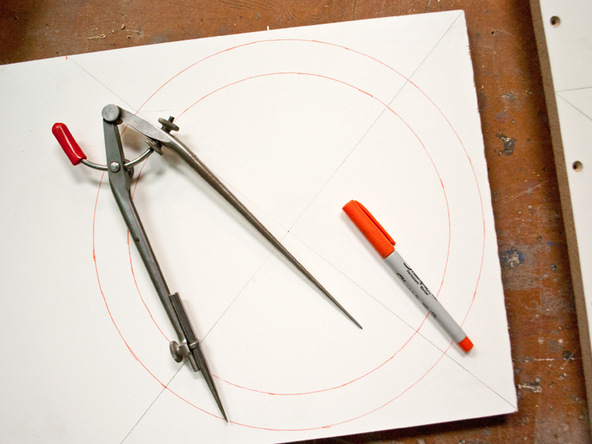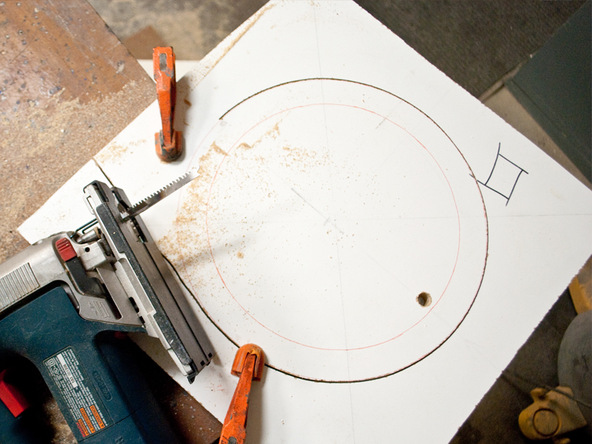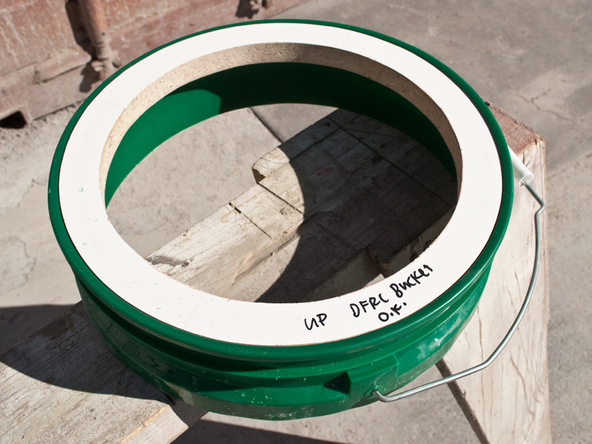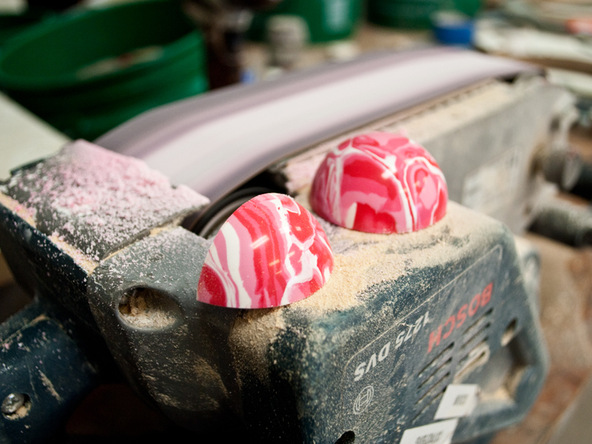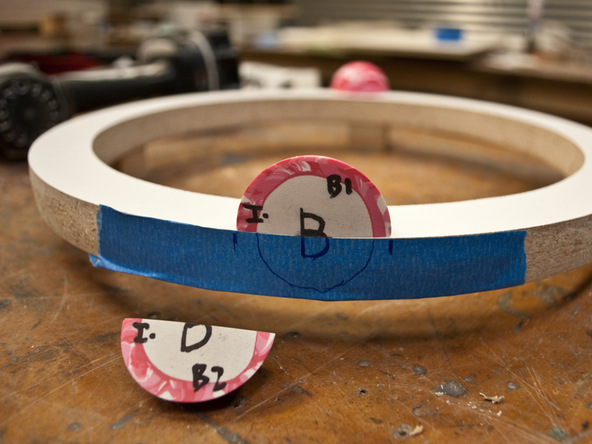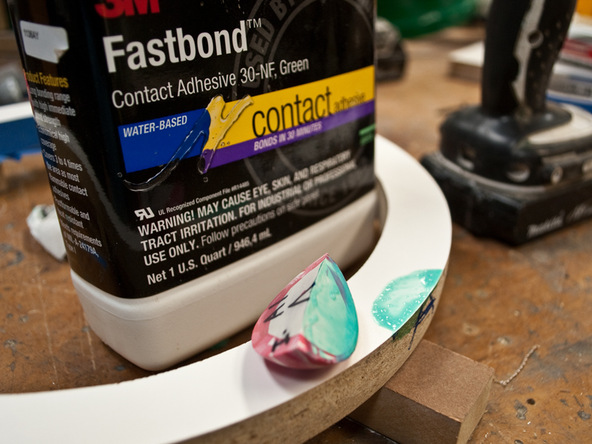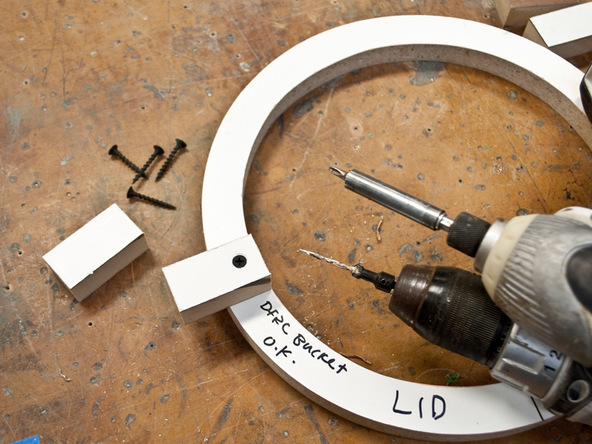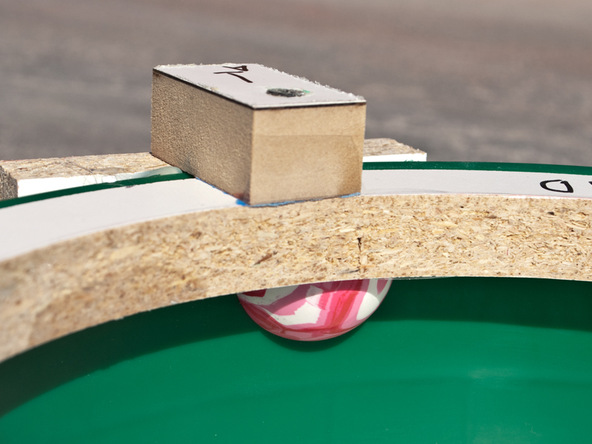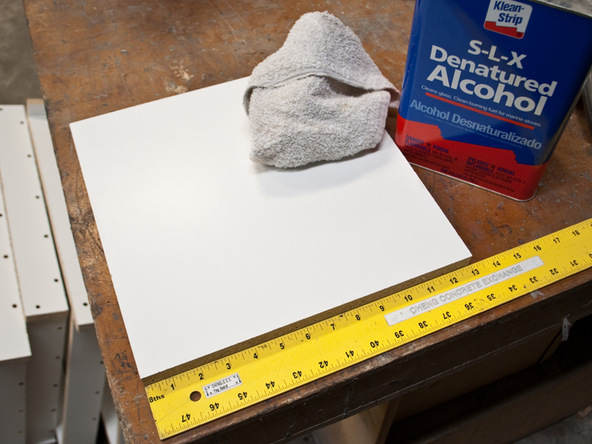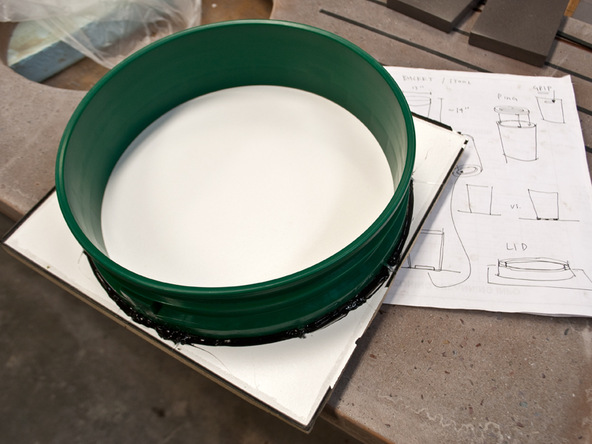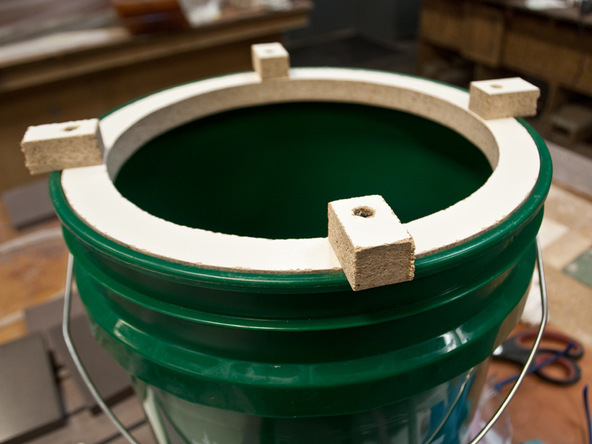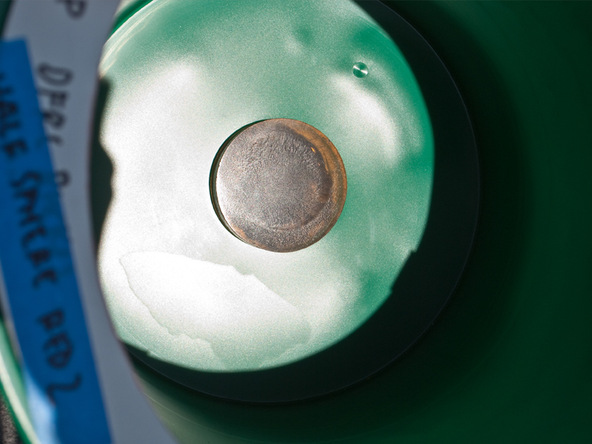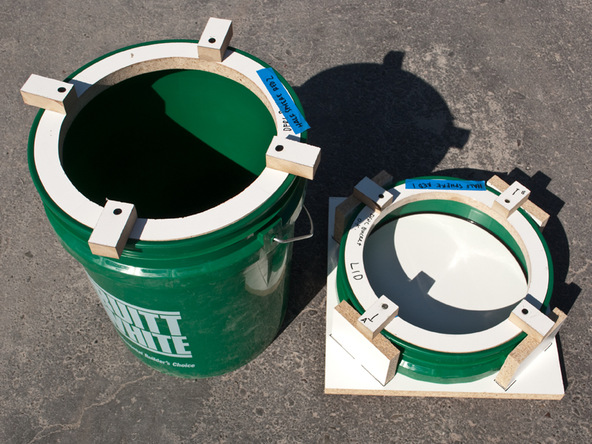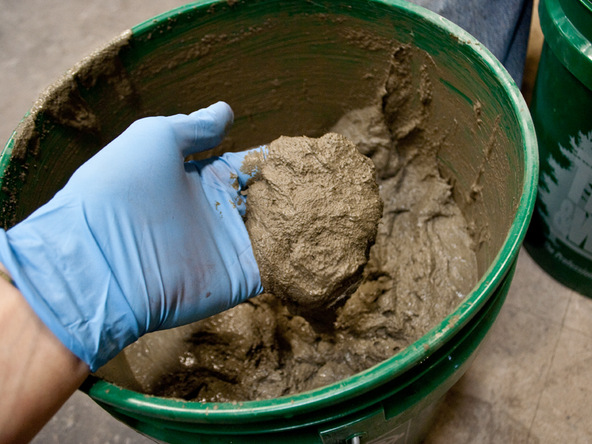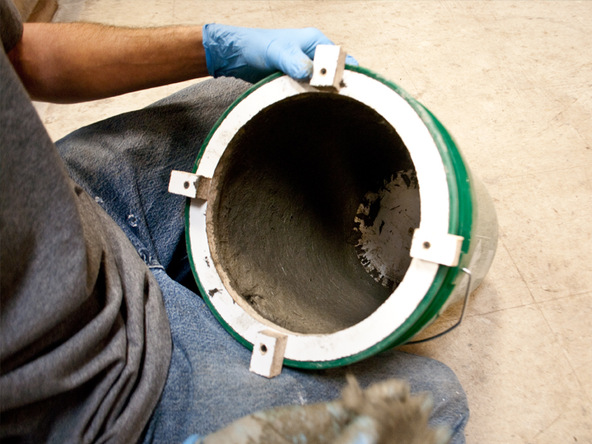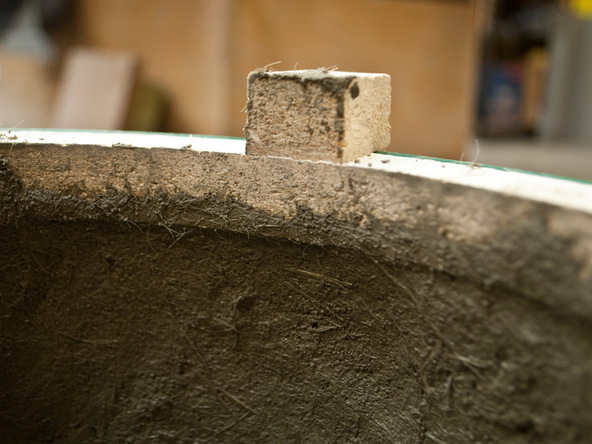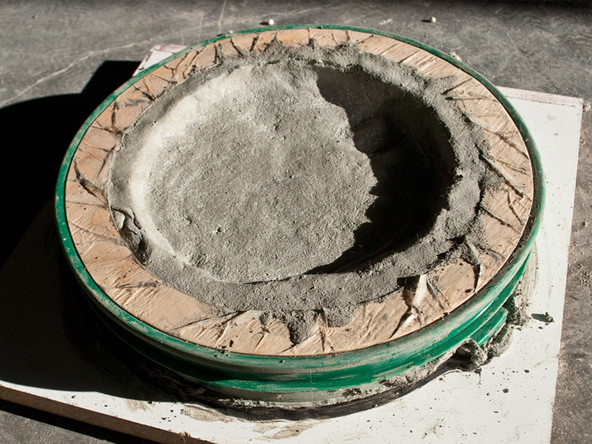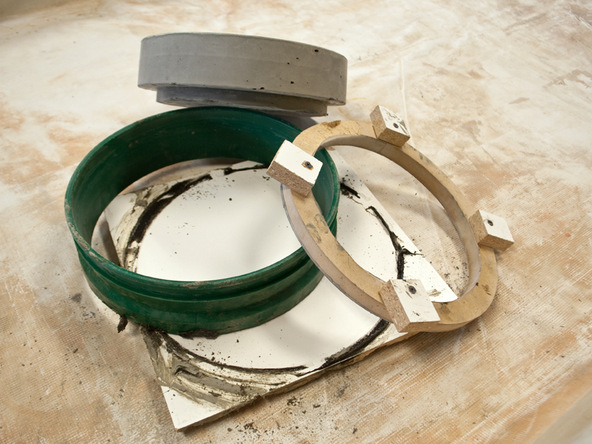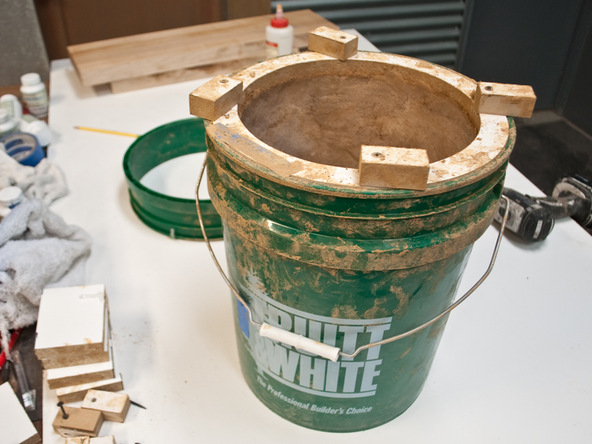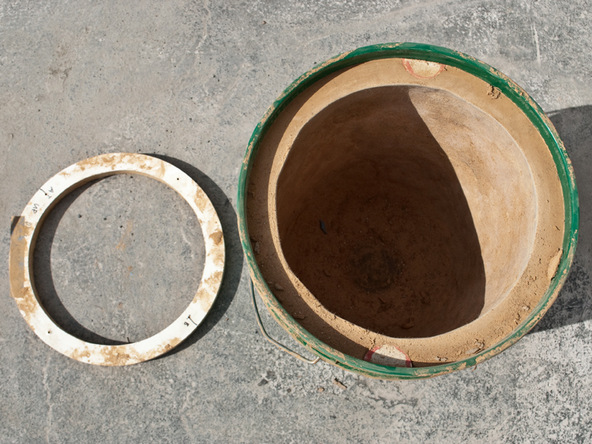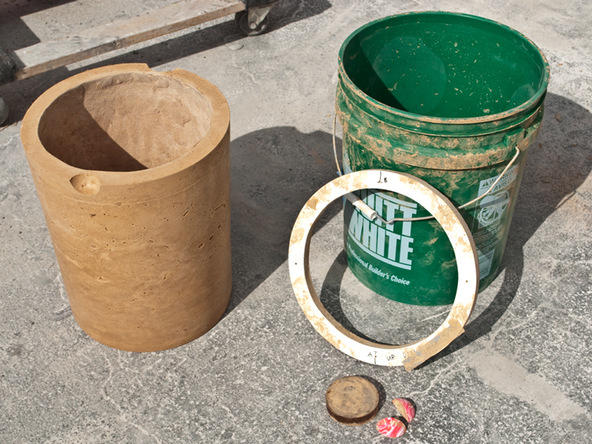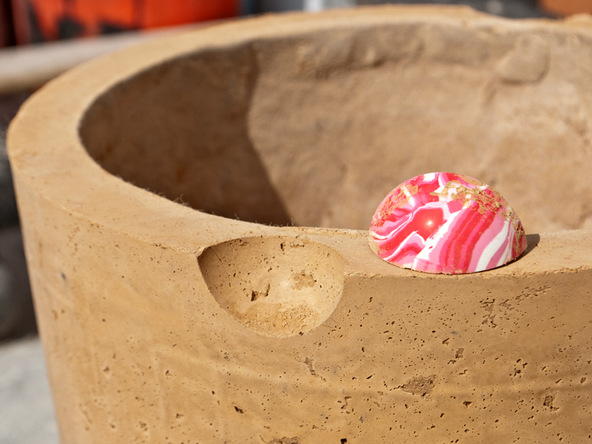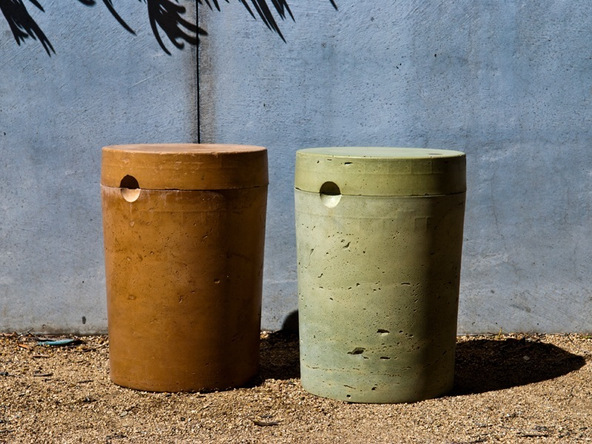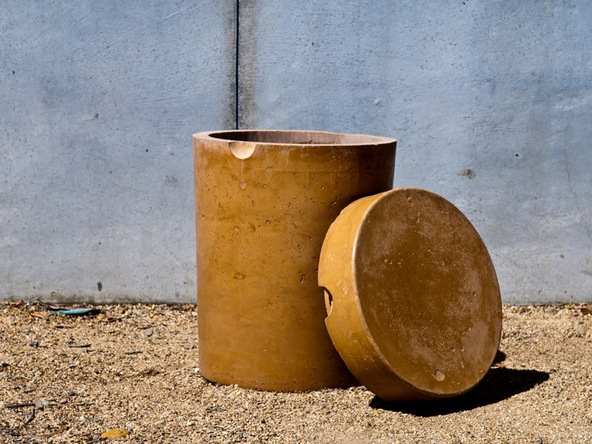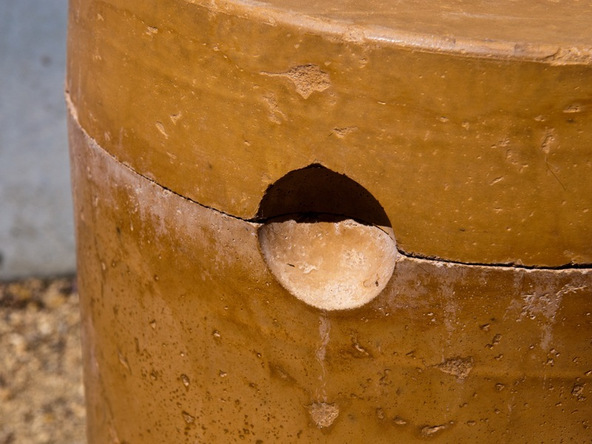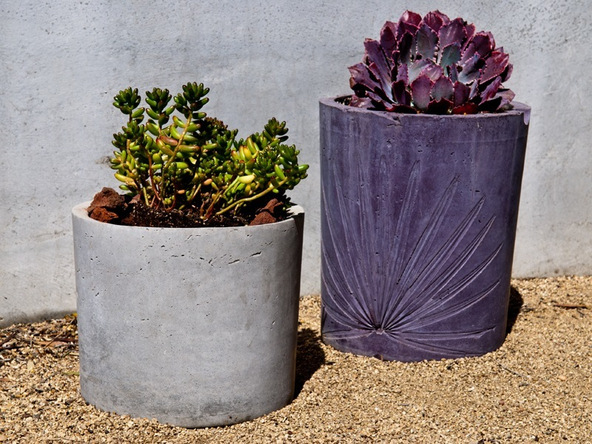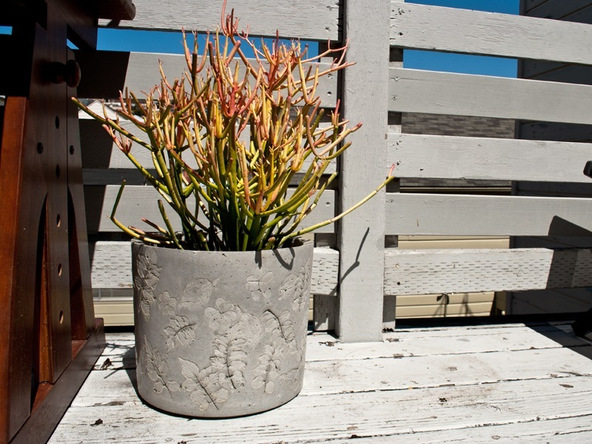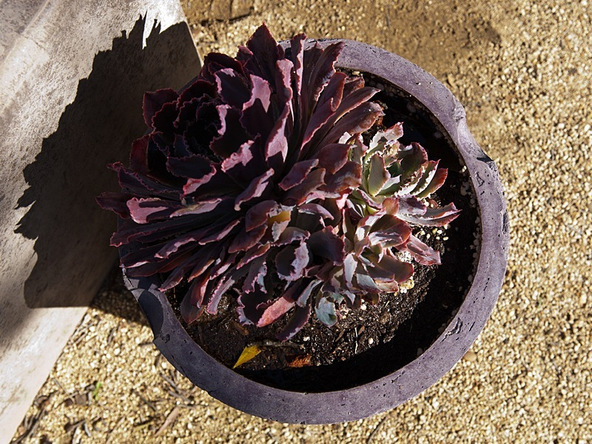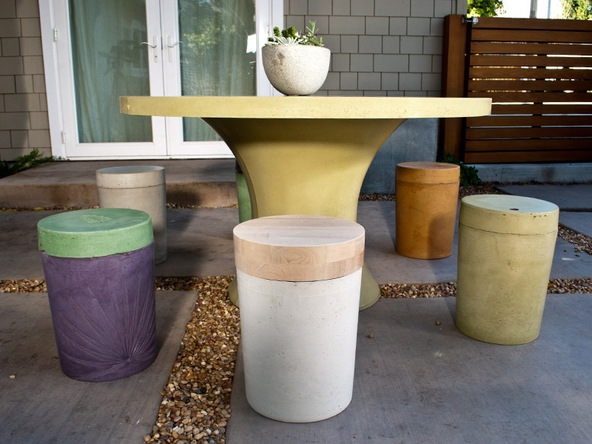Hand-Pressed Concrete Storage Stool
This project uses a 5-gallon bucket to make a two-part stool with lid. It’s a relatively easy project to complete, requiring only basic hand tools and inexpensive forming materials. The result is a versatile side table, storage container, stool, or planter that works indoors or out. Add decorative aggregate to the lid and polish the top for a unique look. Most of the form can be cleaned up and re-used, so it’s possible to make a set without wasting a lot of material.
What You’ll Need
- Jig Saw
- Paddle Mixer
- Ruler
- Compass
- Drill Bit
- Cordless Drill
- 100% Door and Window Silicone Caulk
- CHENG Corner and Seam Shaping Tools
What You’ll Need
- Caulking Gun
- Hand Saw
- Clear Packing Tape
- Denatured Alcohol
- 3/4″ Melamine
- 5-Gallon Buckets (2)
- CHENG D-FRC Casting Blend
- CHENG SmartColor Pigment
- CHENG D-FRC Activator

